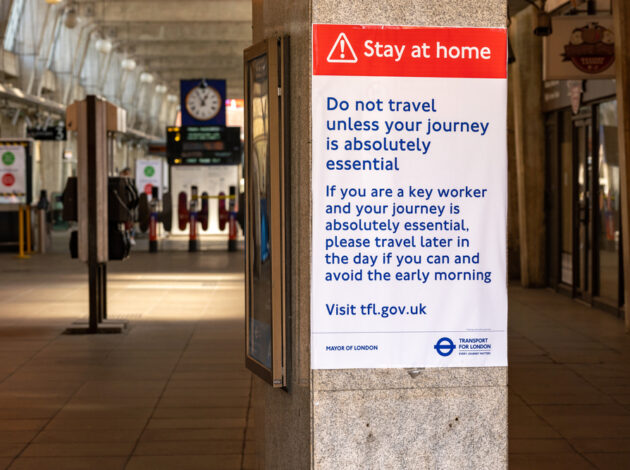In March 2021, England and Wales was in the middle of a period of lockdown due to the ongoing impact of the coronavirus pandemic. It was also a time when swathes of the workforce were on furlough, while many others were working from home. Today’s census results on the labour market and travel to work are reflective of this period of unparalleled and rapid change, as Jon Wroth-Smith explains.
Every census has unique circumstances and provides a detailed snapshot every 10 years. It was important to understand the population and its characteristics during the COVID-19 pandemic and we had a brilliant census with a 97% response rate.
Early estimates from the census have already informed local planning for Ukrainian refugees, as well as helped understand vaccine uptake by occupation and, most recently, support the response to rising energy costs. Over the past few weeks we’ve been painting an ever more detailed picture of England and Wales with statistics about the age and sex breakdown of the population, our cultural identity and invaluable new information on UK armed forces veterans. All this data – and more to come – will be crucial in helping to shape our nations over the next decade and beyond.
Today we’ve released our first census snapshot of the labour market and travel to work and many of the statistics are, unsurprisingly, reflective of this unusual period.
The data shows there was an increase in home working from 10.3% in 2011 to 31.2% in 2021 but, of course, the government advised people to stay at home and only attend work if you had no alternative at that time.
Large numbers of people were still being supported by government furlough schemes and it is not clear how question guidance provided was followed; some people may have provided employment and travel information for the last time they worked, or answered based on their behaviours on Census Day.
Since then, for some, working from home or hybrid working has continued while others have returned to their place of work full time. People will have changed jobs, got new jobs, while others will have retired.
How should you use today’s data?
We recognise the population continues to change and the need to understand those ongoing changes. The census provides the best picture of society at a moment in time but does so only once a decade. We are progressing with ground-breaking research into creating more frequent, relevant and timely population statistics with existing Government data sources at the heart of a truly modern system.
The ONS produces regular monthly labour market statistics and weekly faster indicators of the economy, but the granularity of detail the census provides allows us to understand so much more about who we are, how we live and the jobs we have. Having said that, care should be taken when using these data for future planning and policy purposes, especially when making comparisons with 2011.
People have often referred to the ‘new normal’ but what does ‘normal’ look like? Restrictions on travel ended later in 2021 and while there will have been a shift back towards some behaviours from before COVID-19, hybrid and home working remain commonplace.
The truth is, the world is always changing and more timely data than a census provides is needed.
Travel to work data, including origin-destination matrices, method and distance of travel are used by a wide range of stakeholders. They use these data sources to understand travel behaviours, service provision and as the basis for economic geographies such as Travel to Work areas.
ONS is researching the potential use of aggregate mobile phone data, survey data and modelling approaches to produce more timely measures of travel data. This may also open the opportunity to measure:
- hybrid working
- non-work related travel behaviours
- travel outside of standard working hours
- seasonal changes
We are investigating potential alternative sources of data as part of our ambitious Census and Data Collection Transformation Programme.
Next year we will seek wide-ranging views on our progress towards an overhauled population statistics system through a public consultation.
Responses will feed into a recommendation from the National Statistician at the end of 2023 on how we might build on our work to date, using the best available data sources to deliver more frequent, timely and inclusive population and social statistics.
Jon Wroth-Smith, census deputy director
